Cylinder. Perfectly. Turned.
CNC-
lathe turning
If a part of cylindrical shape is needed, GDFT’s core strengths in manufacturing come into play: turnaround time, precision and quality. No matter if shafts, bolts, pistons or bushings – there are a wide variety of parts and components that can be manufactured on the CNC lathe efficiently and inexpensively. A machine with CNC support (computerized numerical control) represents the latest development of metal turning. The metal cutting on the material is achieved by the deployment of computerized, high-precision tools. This way, even complex shapes can be created – in relatively short cycle times and in highest quality – from prototyping all the way through to high-volume serial production.
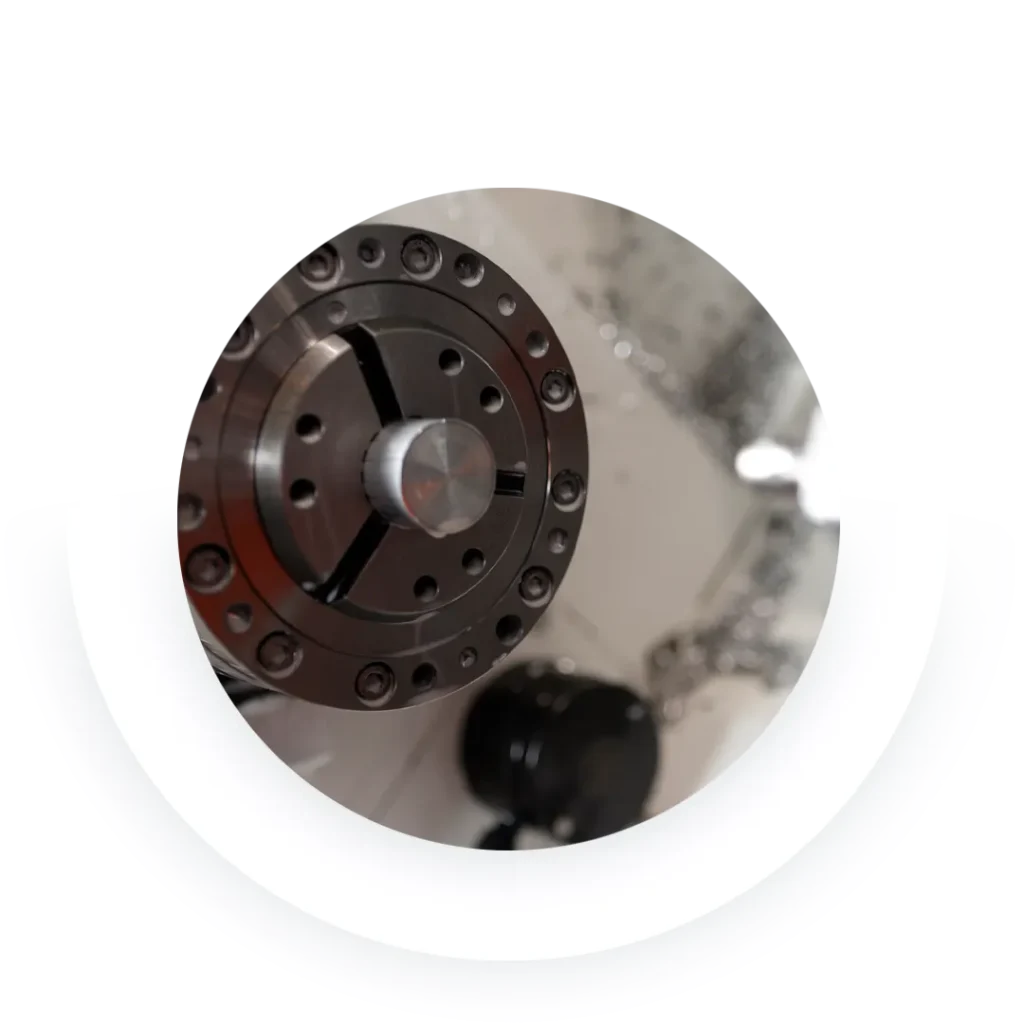
Contact us if you would like to find out whether
we can manufacture your components using our CNC lathe equipment.
Our power-packs
GDFT’s highly experienced lathe operators have lathes and machining centers made by EMCO, HURCO and MORI at their disposal. Having this state-of-the-art machining equipment available, we have the flexibility to react swiftly to any customer request that falls into the area of expertise of modern CNC turning equipment. Also, the highly efficient programming of our CNC supported machine equipment, that also allows machine-milling – provides a process that yields only minimal process waste.

Efficient turning
A high degree in productivity and at the same time a budget-conscious process combined with a high level of customer service – these are the standards of GDFT. The deployment of the CNC lathe meets these standards perfectly. High precision, the efficient use of resources and the high degree of repeatability for serial production with tight tolerances make the CNC manufacturing using the CNC lathe, when dealing with rotationally symmetric parts and components, the only feasible way of production.
Tradition is an obligation
Turning is one of the oldest caft techniques and was likely already used in ancient times for making pottery and wooden objects for example. Mechanical turning machines were first introduced during the industrialization in the 18th and 19th century. The invention of the steam engine enabled the use of steam power to supply mechanical equipment (and CNC-equipment) with the energy needed for operation. During the 20th century, mechanical turning machines were replaced by modern CNC lathes, which work with computer-controlled technology. This is how modern CNC equipment can provide much higher levels of precision, flexibility and automation options than their ancestorial models.
FACTS CNC TURNING
Equipment fleet:
DMG Mori, EMCO, SEIKI, Spinner, HURCO
Maximum turning diameter: 400 mm
Maximum turning length: 600 mm
Maximum travel on Y-axis: +/- 40 mm
Features:
X, Y and Z axis, as well as 2x C
All machines have an opposing spindle.
Rod loaders:
1200 mm (rod-loader 1) or 3200 mm possible material length (rod-loader 2)
Programming and job preparation
Based on your CAD model, we plot the corresponding movements for the specific tools on our CAM software to the smallest detail.
Manufacturing
The parts and components are produced by our CNC milling equipment in the desired quantities.
Finishing (optional)
Manufactured parts and components can be further finished using different techniques by our specialist partners. The process of finishing increases durability as well as aesthetic appeal.
Module assembly (optional)
In case a CNC milled part is one of many components of a final product, we also provide module assembly.
Quality assurance
In case a CNC milled part is one of many components of a final product, we also provide module assembly.
Shipping and Logistics
The final products are being packaged and shipped to a warehouse or another customer-selected destination. Depending on order size and destination – we can offer multiple flexible logistics solutions.
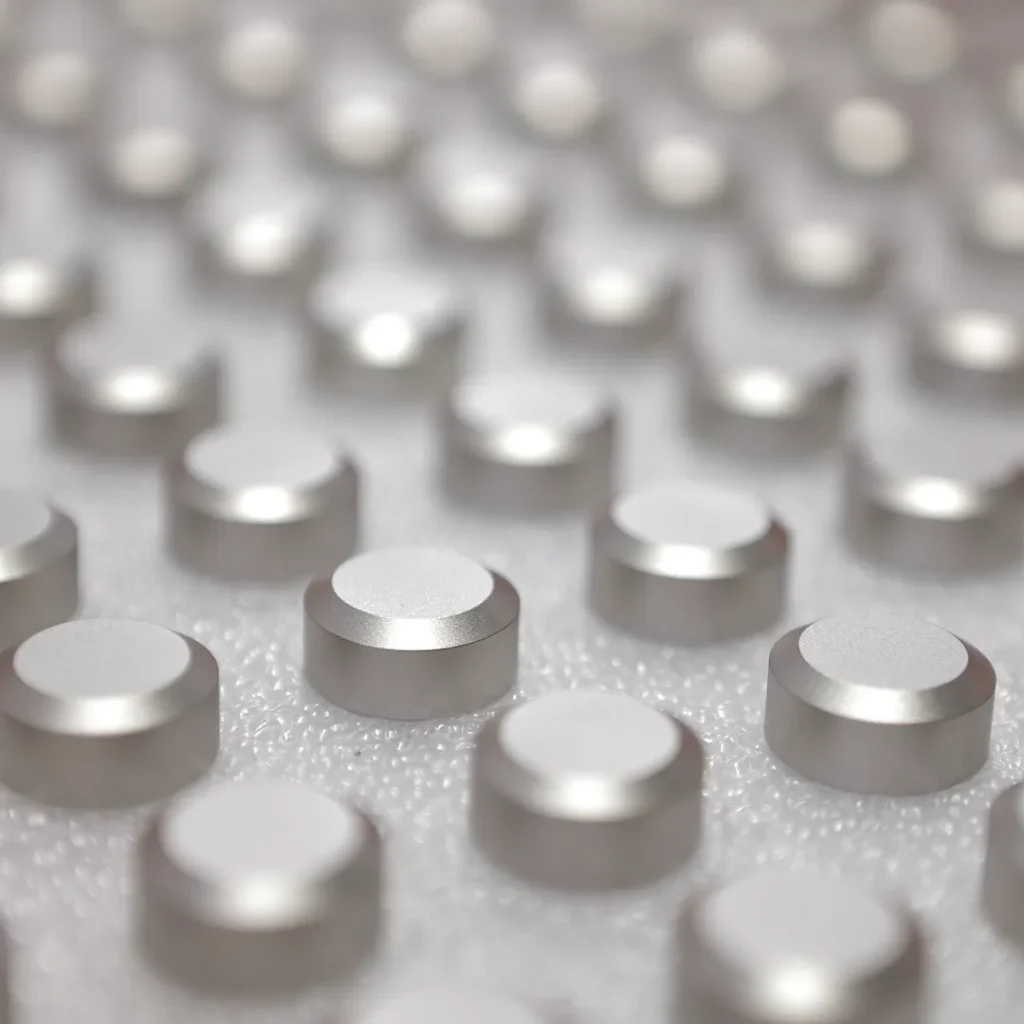
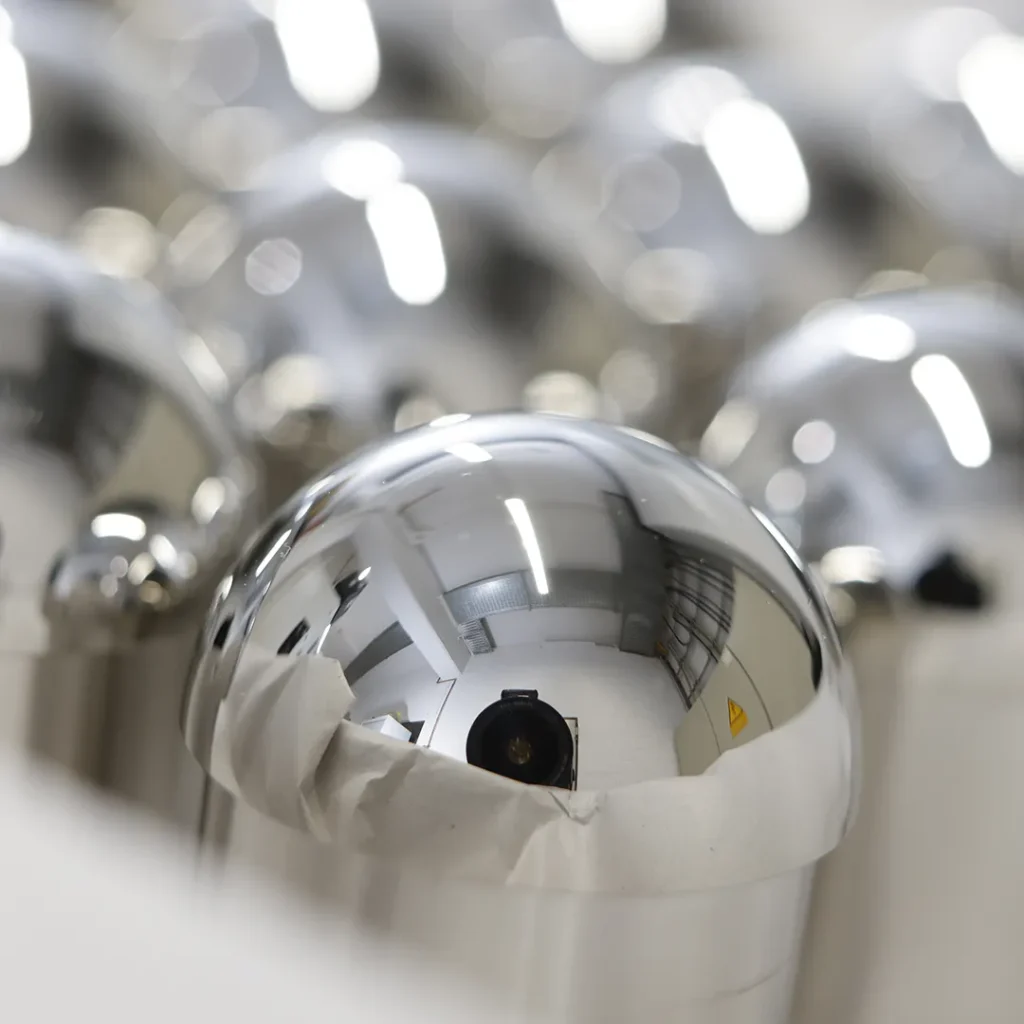
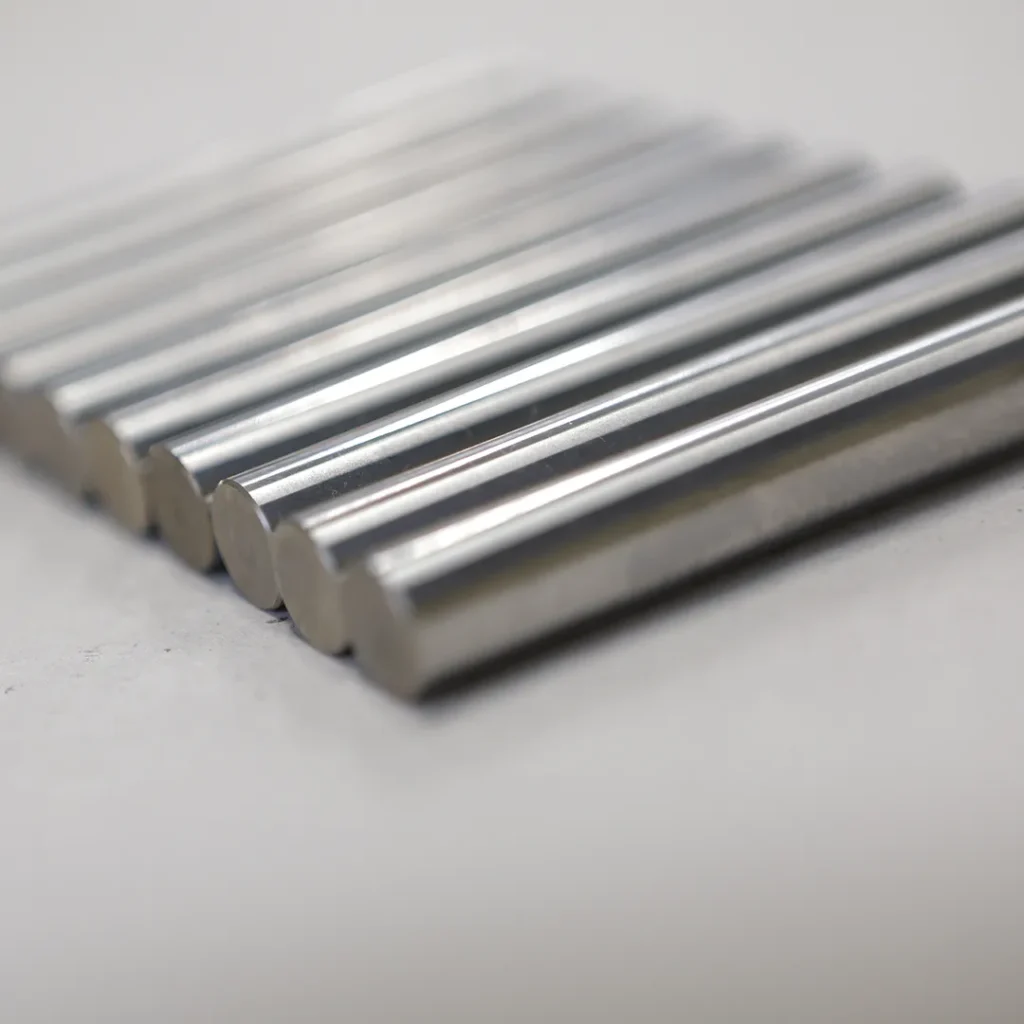
How does a CNC-turning work?
The technique of turning belongs to the family of the subtractive processes, in which excess material is being removed in order to create the desired shape and geometry of an object. The opposite would be an additive process. CNC lathe machining is a process by which rotating material is being machined on a computerized and automated turning machine. The raw material is clamped down with collets or chucks and turned by master spindle in the machine. At the same time, a tool turret is moved to a prior specified position in order to machine the material and thus remove excess material. The selection of the correct tool and its position are only two of the parameters needed for the operation of the computer-controlled CNC lathe. Other important parameters for the turning operation are spindle speed, feed rate as well as cutting depth. Using a CNC machining center allows for different processing steps, such as drilling, milling of grooves as well as cutting material off. This allows the manufacture of precise and complex components in different geometrical shapes.
Different from milling, the material is rod-shaped and fed into the machine using a rod loader. In the CNC lathe, the material is rotating around its own axis, while a cutting tool is shaping the material. The cutting tools travel mostly alongside the rotating material to achieve the desired shape of the final part.
Another difference between CNC turning and CNC milling is that the lathe only uses one spindle, while the milling process utilizes multiple axes for more complex operations.
Do you want to learn more about the turning process?
Please submit your request via a 3D model or CAD file. We will check which of our manufacturing processes is the perfect one for your part or component.
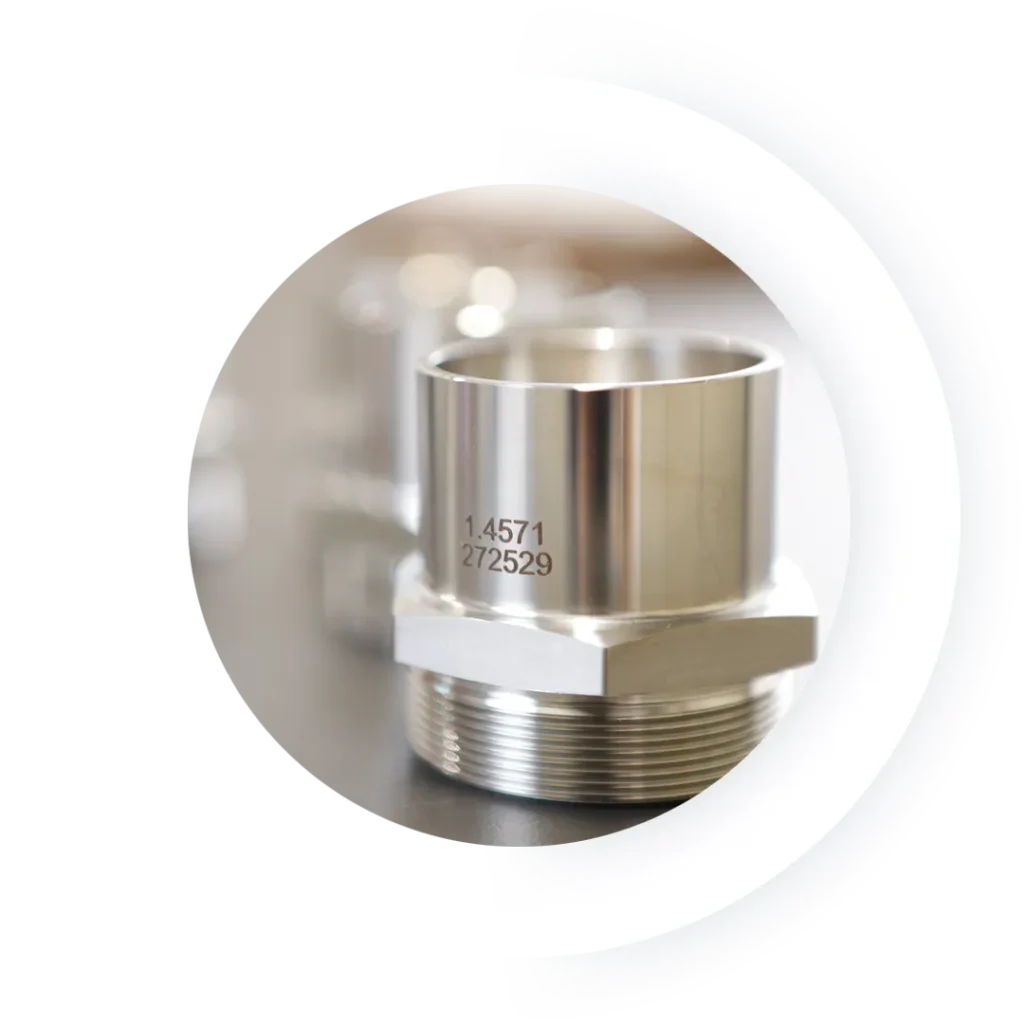
EMCO Universal-Drehzentrum e65

Summary: Advantages of using a CNC lathe
- Automated and program-controlled processing
- High precision and small tolerances
- Wide variety of processing options using different tool options
- Repeatably and consistent quality
- Fast turn-around times achieved by multiple processing steps per clamp-down
- Wide variety of materials can be processed
- Reduction of processing cost by avoidance of process waste and rework
- Complex shapes and geometries possible
- Scalable processes: from prototypes all the way to large-scale serial production runs
- High level of process control, due to strict quality assurance processes
Is CNC lathe turning the right way forward for your project?
